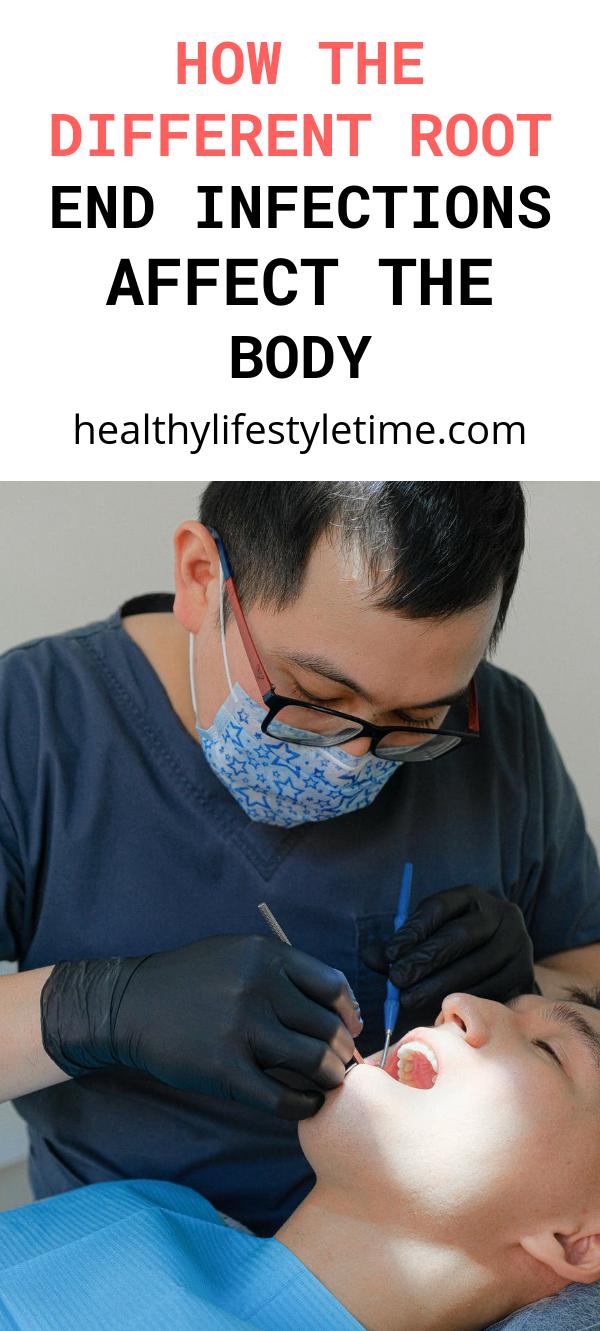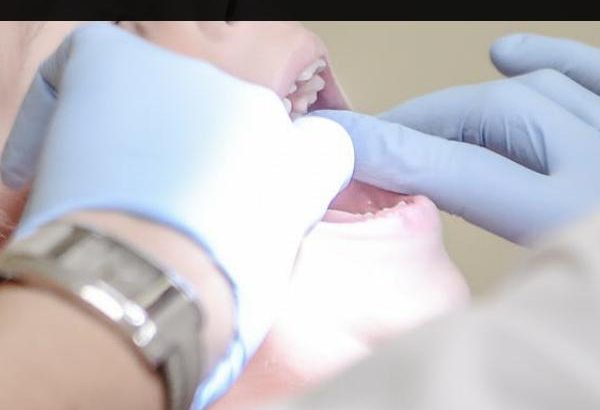There are three main kinds of root end tooth infections, but in most instances, they are simply referred to as “abscessed teeth.” The three main root end tooth infections are called granulomas, cysts, and condensing osteitis. Granulomas and cysts, though they appear to be quite similar, have distinctly different characteristics.
Fistulas are channels that carry pus from the infection area to the outside of the face or mouth. They help the body drain away excessive amounts of pus.

Condensing osteitis is rarely mentioned as a root-end infection process, but Dr. Price found its presence to be accompanied by some very specific infection-related reactions.
Dr. Price made bacteriologic examinations of three different dental infection areas. To his surprise, he found, for the most part, that no matter how large an involved area or how much pus was flowing, comparatively few bacteria were present. He interpreted this to mean the body’s white blood cells and other defense mechanisms had good control of the infection process present.
Furthermore, in such cases, he found patients to be in relatively good overall health and that they did not exhibit the expected signs and symptoms of systemic illness.
Dr. Price reasoned that the large areas of bone destruction and pus about these infected areas were not a measure of the severity of infection, so commonly believed, but were in actuality expressing the goodness of the involved patient’s immune defense capability.
He (Dr. Price) further found that though the organisms spread locally, they did not spread to other parts of the body until the infection had persisted for a prolonged period of time.
Condensing osteitis cases proved to be quite different. This condition exhibits a very dense area of bone, sometimes with very little loss of bone at the tooth’s root end.
Patient histories and in-depth studies revealed that people exhibiting condensing osteitis suffered more serious consequences from their infections. Price surmised that in such a case the patient’s defense system was poor and the body was trying to wall off the infected area with dense bone in order to contain its effects.
However, the tissue as the root end was incapable of controlling the bacterial growth in these cases and consequently, some bacteria escaped through the bloodstream and set up diseases in other areas.
Dr. Price also noted the teeth of such patients became more tender and painful than those cases that appeared to be more seriously involved.
These observations by Price are so diametrically opposite to the average dentist’s view and comprehension of what is occurring that many will have difficulty accepting these findings, in spite of the fact they were derived from studies of 1400 patients.
Numbers of case history examples were mentioned in this chapter to lend insight into these different infections and their effects. Included was a picture of cancer of the lower jaw below the roots of three lower front teeth which appear to be a typical dental infection.

Such examples were shown to emphasize there are other dental disease conditions than those mentioned, but they represent a much smaller proportion of cases and are not indicative of the average person’s experience.
Cysts are quite a different form of infection, which occur at the root ends of teeth, although in their early stages they look like granulomas. Usually, they cause no apparent symptoms or pain until they are quite large. They may be the result of tooth infections and are quite often caused by injuries.





